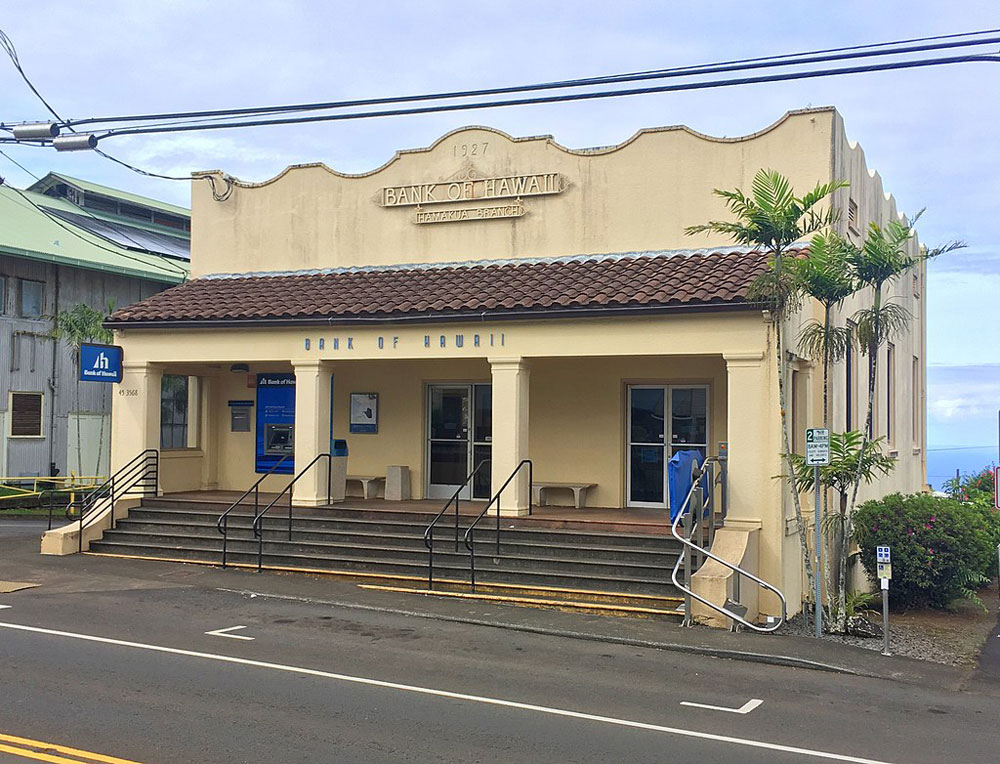
December 16, 2020; Daily Yonder
In Hawai‘i, the number of bank branches of the so-called Big Four banks (JP Morgan Chase, Bank of America, Citigroup and Wells Fargo) is zero. Some in the state had feared that the PPP money would be used up by the big banks and that little would be left for local businesses. But that isn’t what happened, according to João Granja, an associate professor of business at the University of Chicago and coauthor of a study published by the National Bureau of Economic Research regarding the efficacy of Paycheck Protection Program (PPP) loans. In fact, the outcome was quite the opposite.
In Hawai‘i, nearly two-thirds of incorporated businesses got PPP loans. Meanwhile, in many other states where big banks are concentrated, such as Delaware, fewer than 45 percent of businesses did.
Mississippi has a bank profile more similar to Hawai‘i than Delaware, and as in Hawai‘i, in Mississippi local businesses had a better chance of getting loans.
As Tim Henderson explains, writing for the Daily Younger, in Mississippi, “more banks are local and regional, and they are more likely to know the small businesses and offer to help.” This, Henderson reports, is according to Gordon Fellows, president of the Mississippi Bankers Association.
“Having local banks matters,” Fellows says. “We have more bandwidth than [other states] do.”
Sign up for our free newsletters
Subscribe to NPQ's newsletters to have our top stories delivered directly to your inbox.
By signing up, you agree to our privacy policy and terms of use, and to receive messages from NPQ and our partners.
Mississippi had the lowest average loan amount, about $66,000. Michigan had the highest, at about $125,000.
As NPQ has reported before, as a job preservation strategy, PPP was highly inefficient at best. The study by Granja and his colleagues helps explain why. According to Granja and his colleagues, roughly 90 percent of the jobs “protected” by PPP loans did not need protection and would have survived anyway. Still, the injection of cash for rent and other bills certainly did help some companies and nonprofits to stay open.
In the paper, a four-author team that includes Granja; Christos Makridis, a fellow at the Massachusetts Institute of Technology, and two of Granja’s Chicago colleagues, Constantine Yannelis and Eric Zwick, explains the findings in more detail. The main message is that access to banks, not need, was the main criterion behind who got PPP loans and who did not.
We have three main findings. First, banks played an important role in mediating program targeting, which helps explain why some funds initially flowed to regions that were less adversely affected by the pandemic. Second, the short- and medium-term employment effects of the program were small compared to the program’s size. Third, many firms used the loans to make non-payroll fixed payments and build up savings buffers, which can account for small employment effects and likely reflects precautionary motives in the face of heightened uncertainty.
—Steve Dubb













